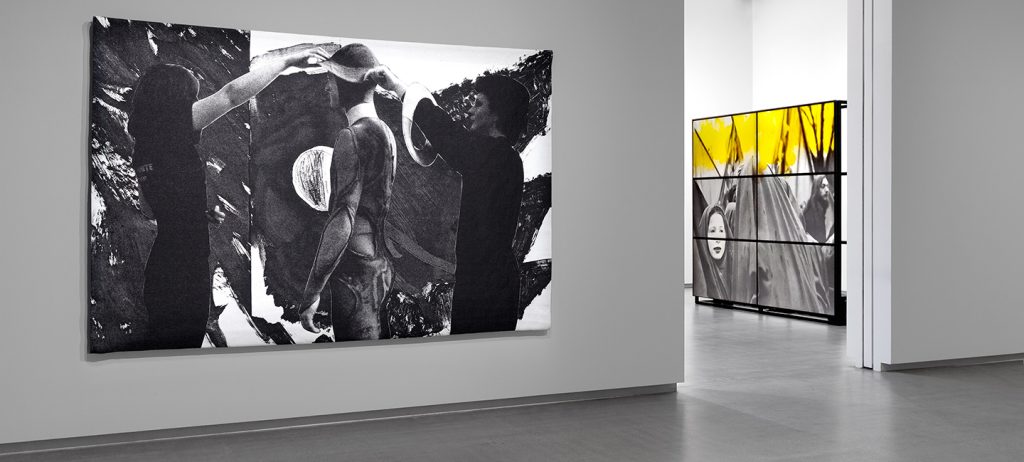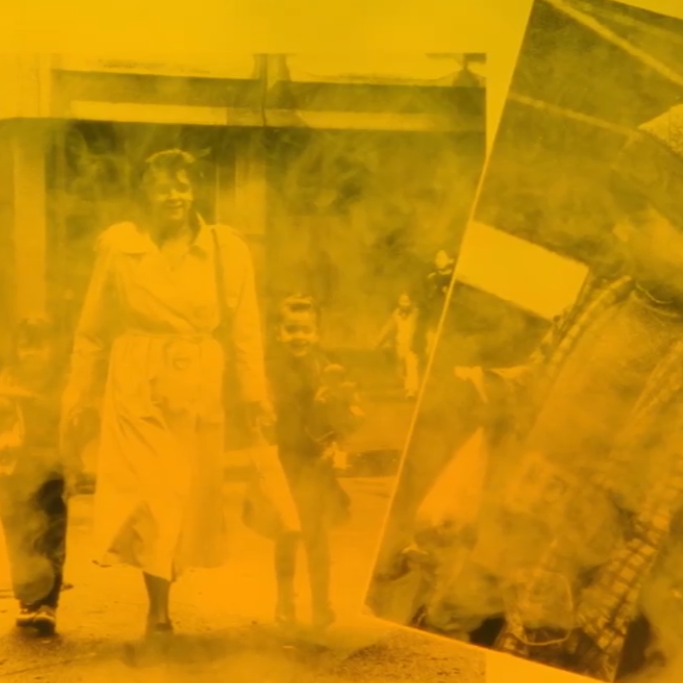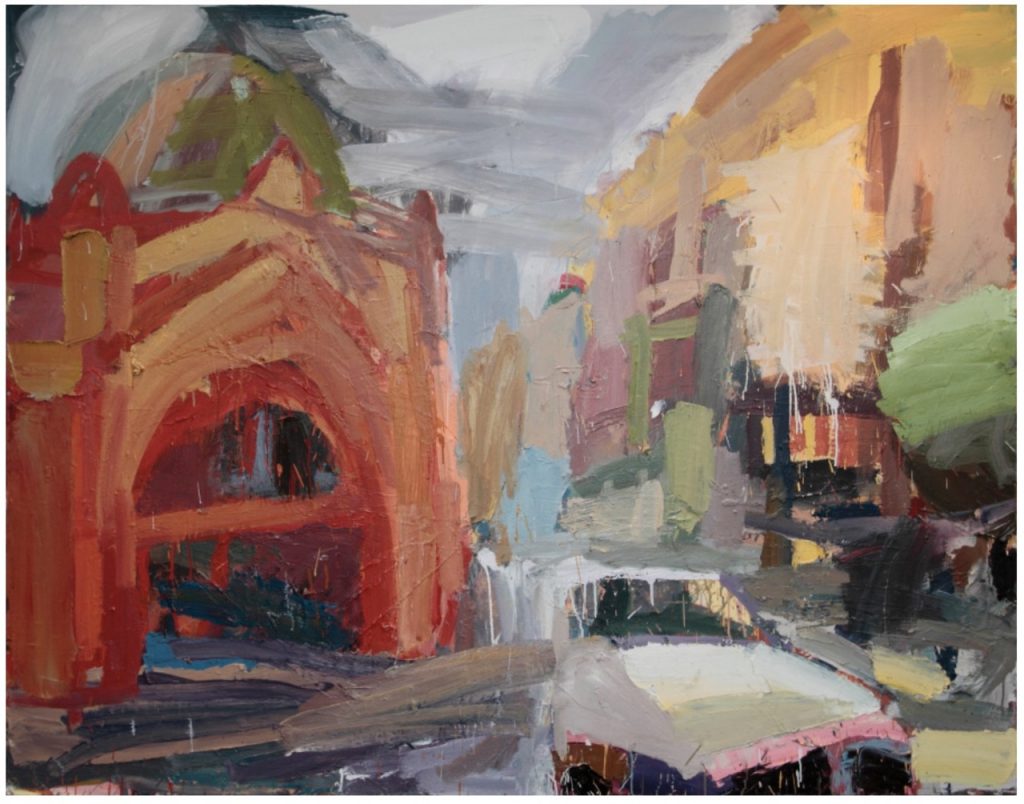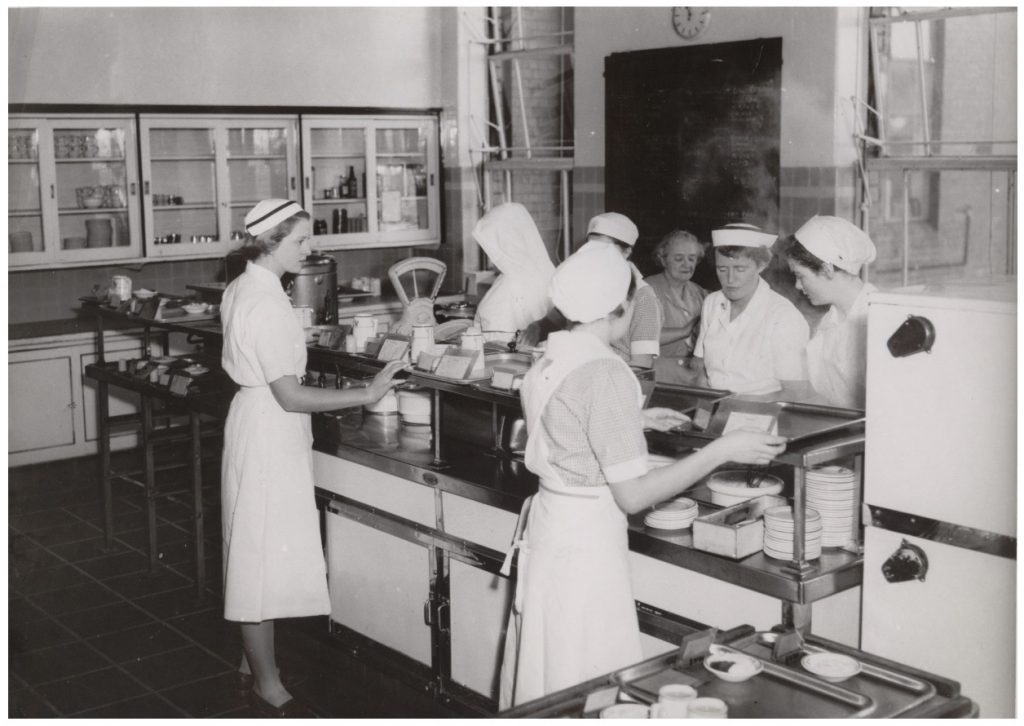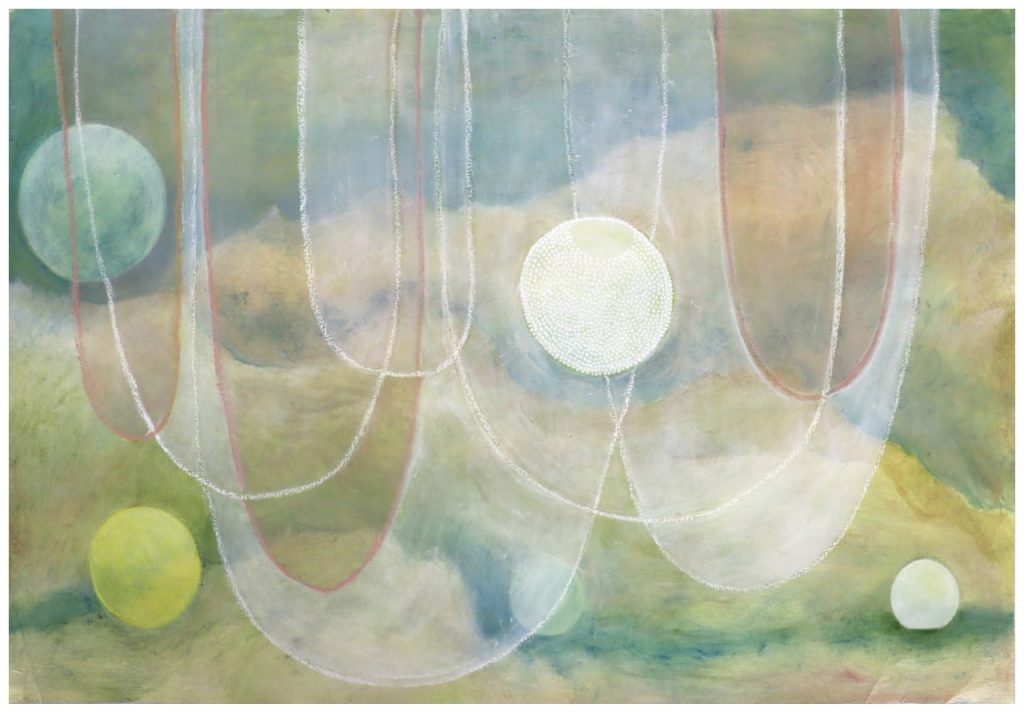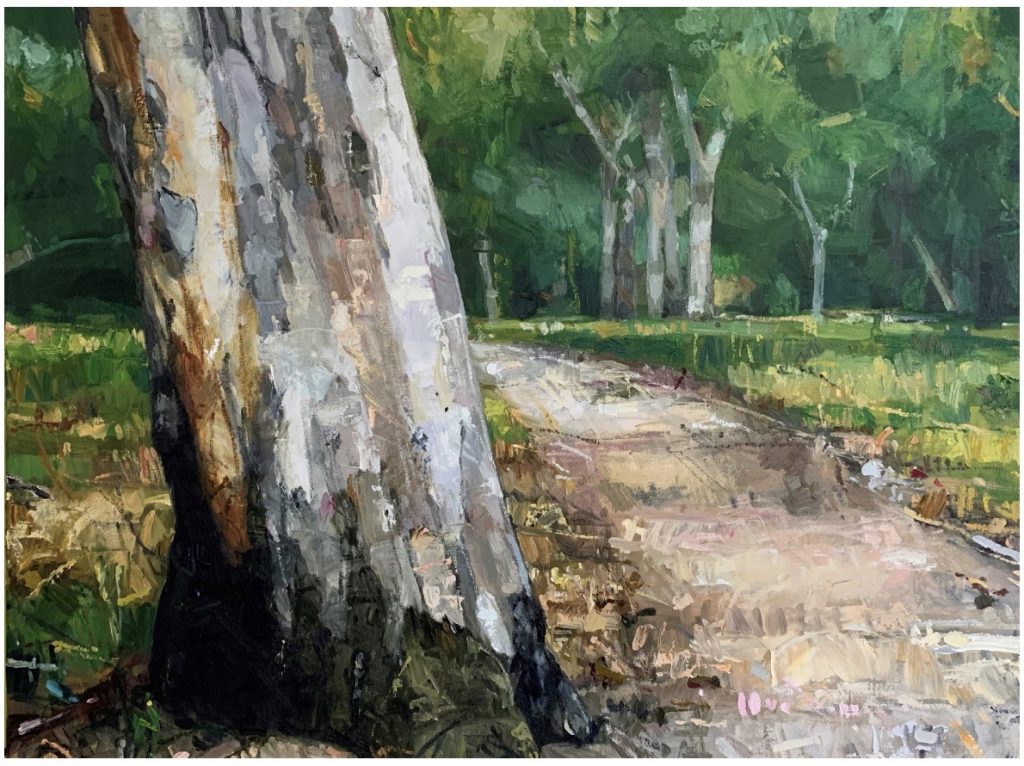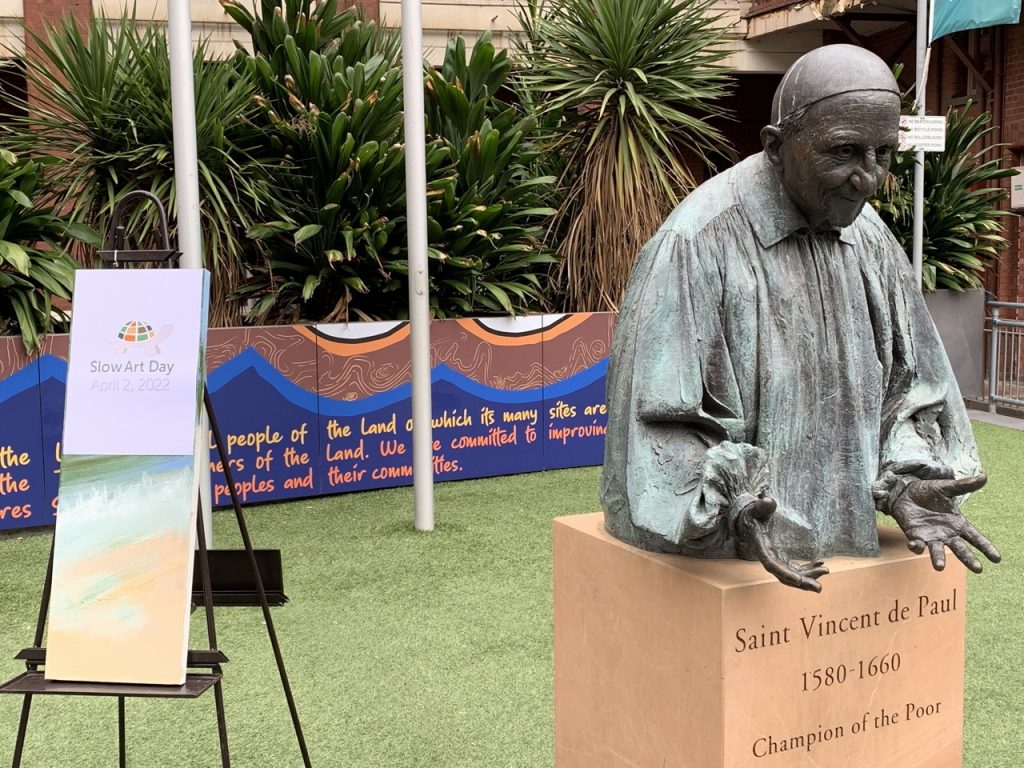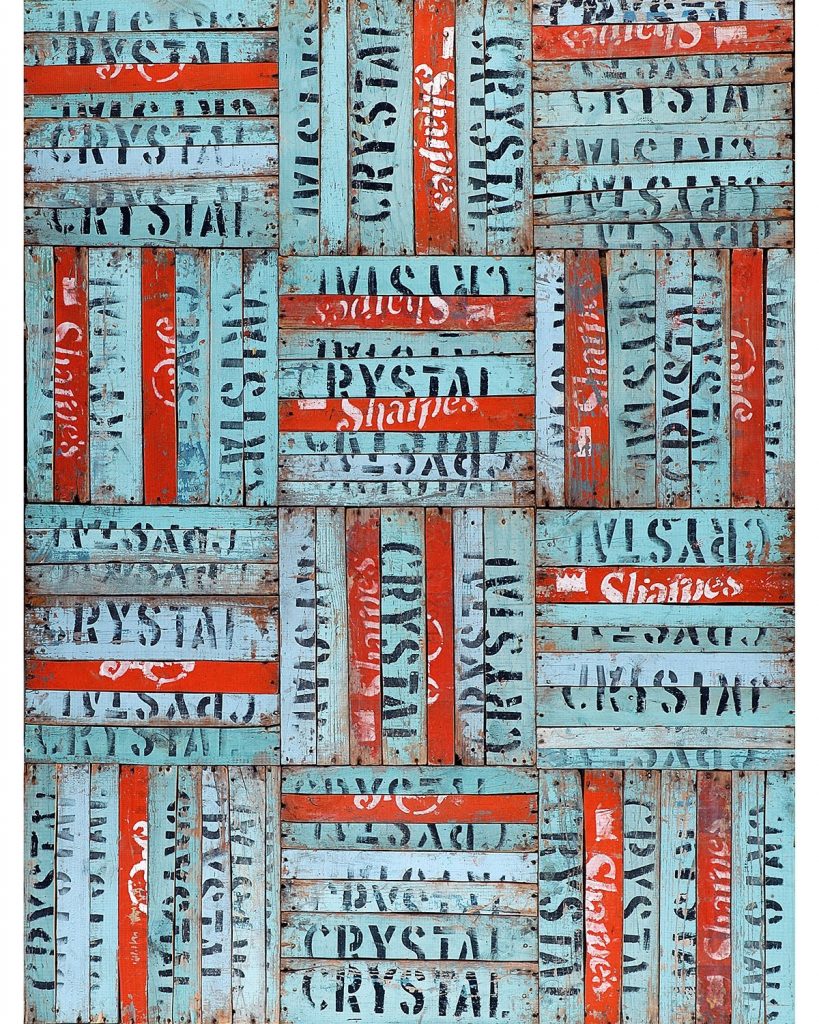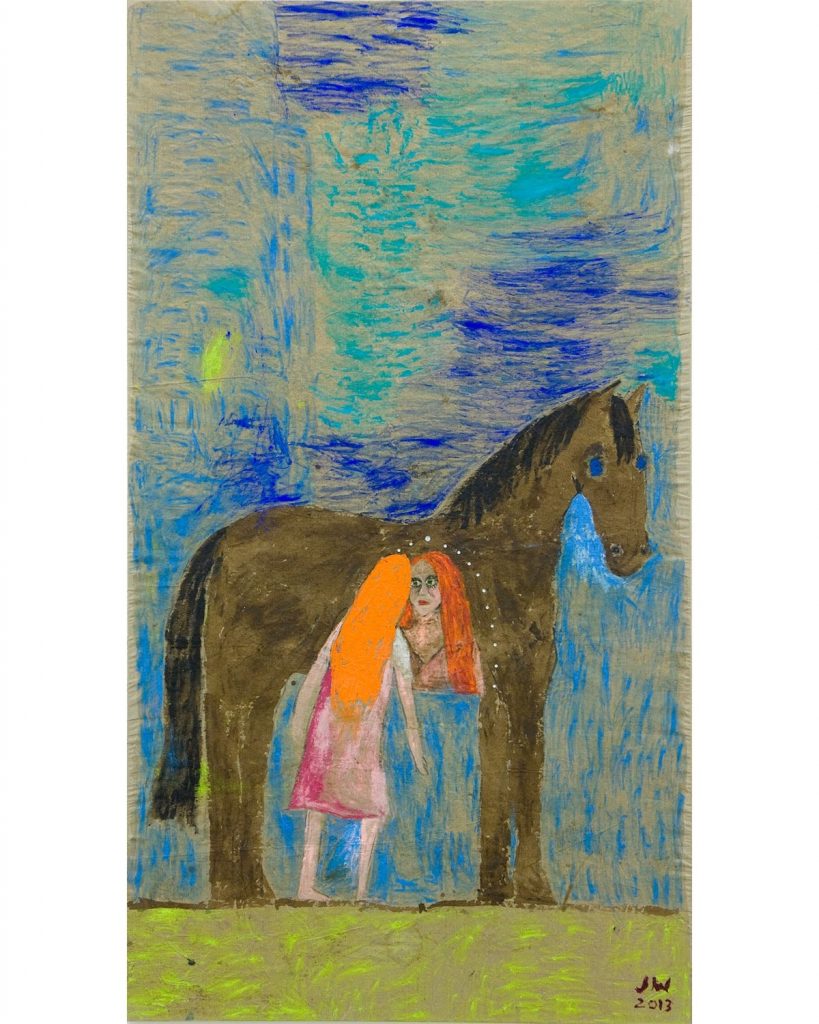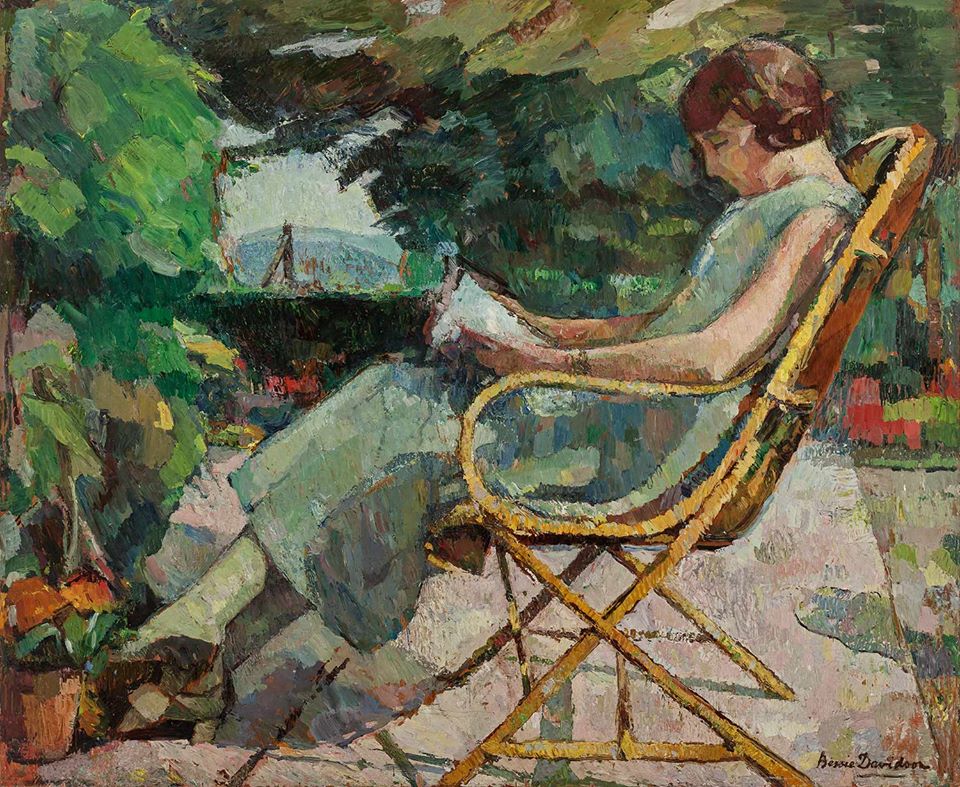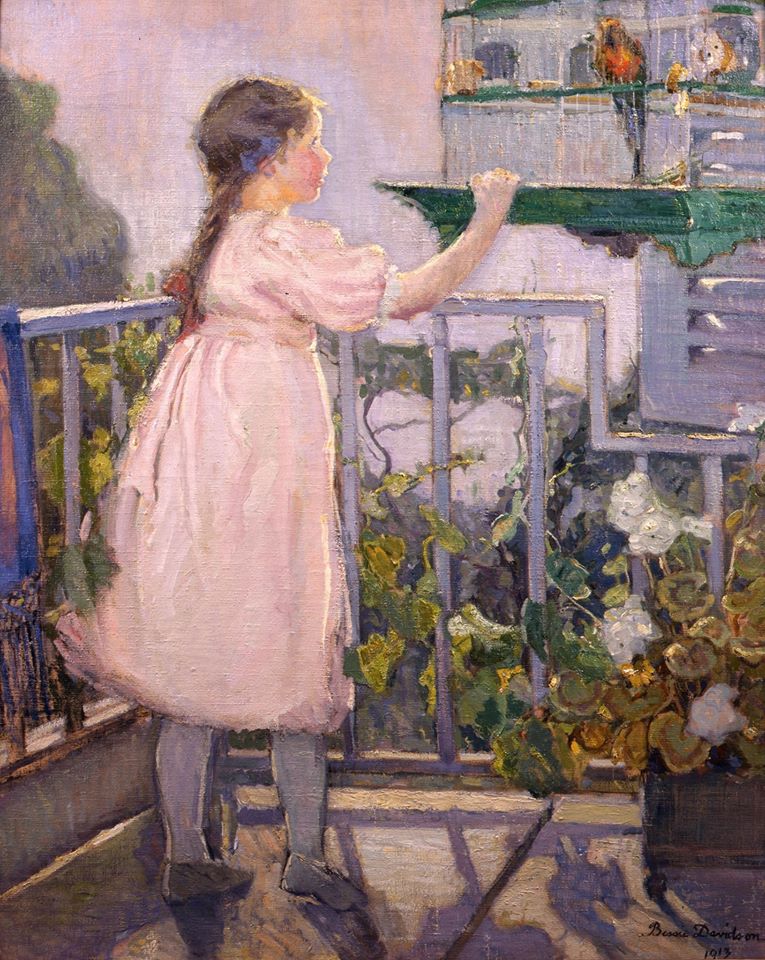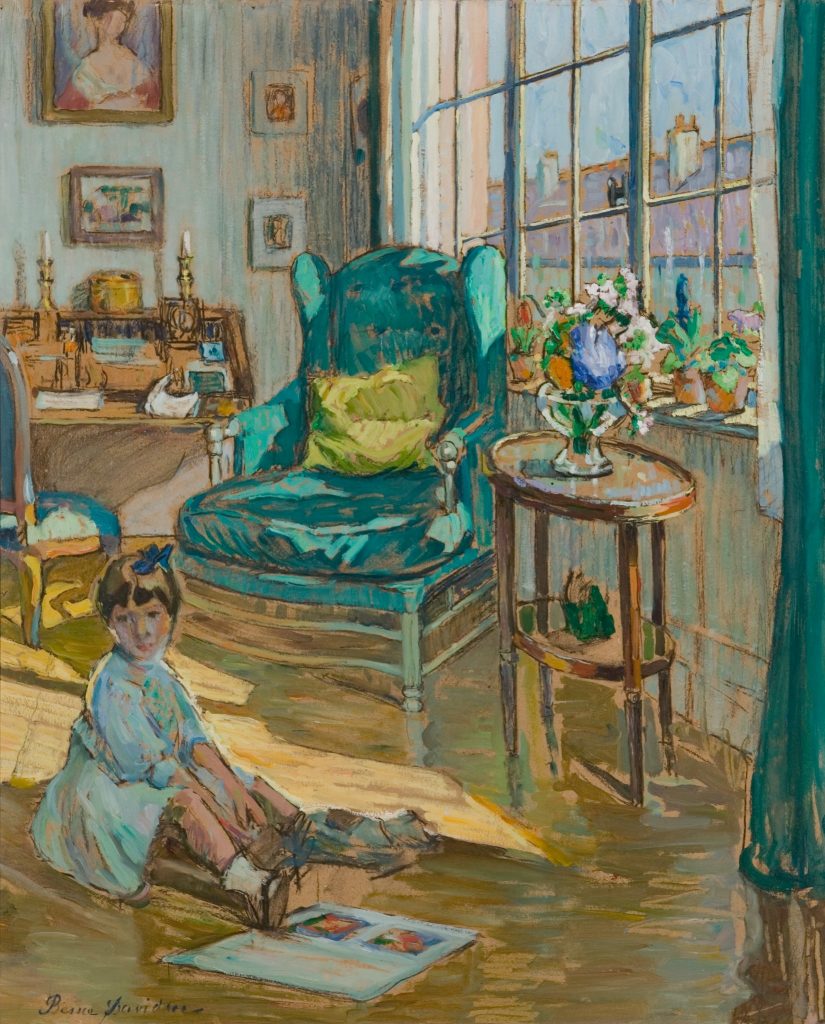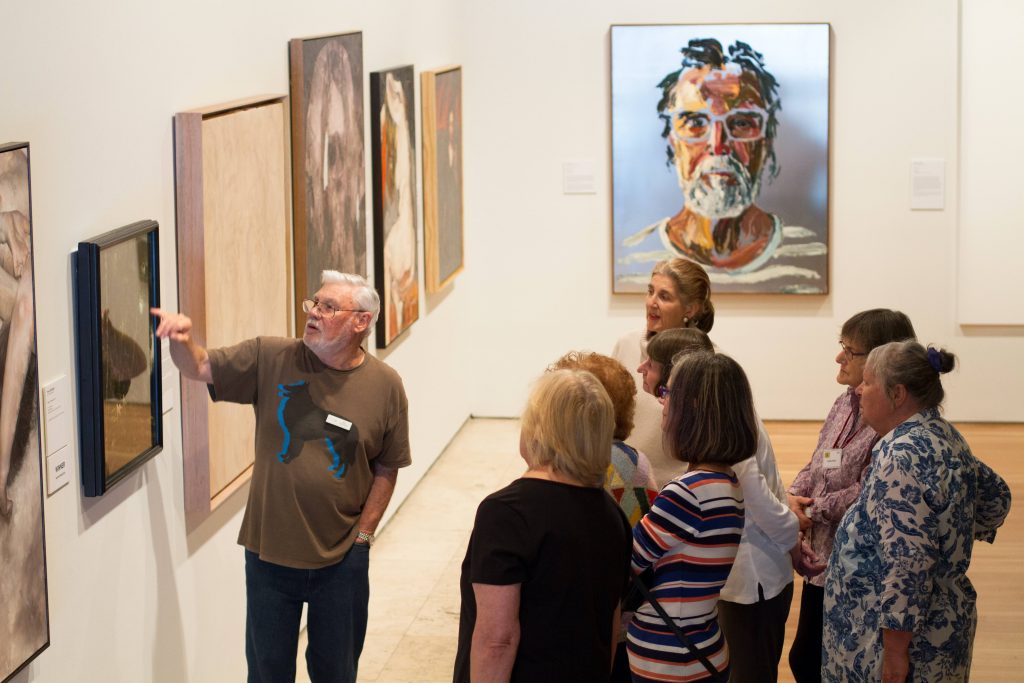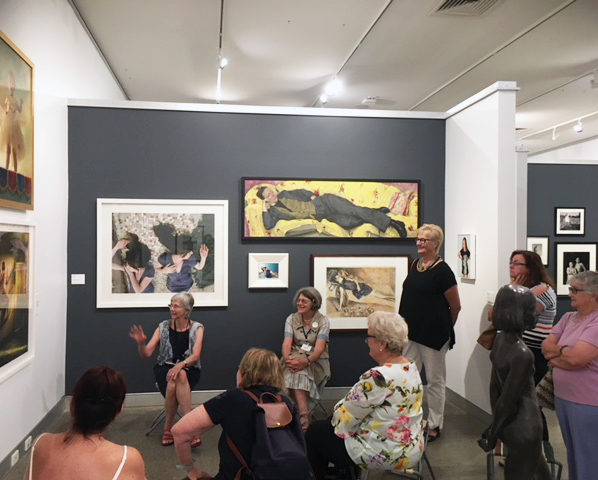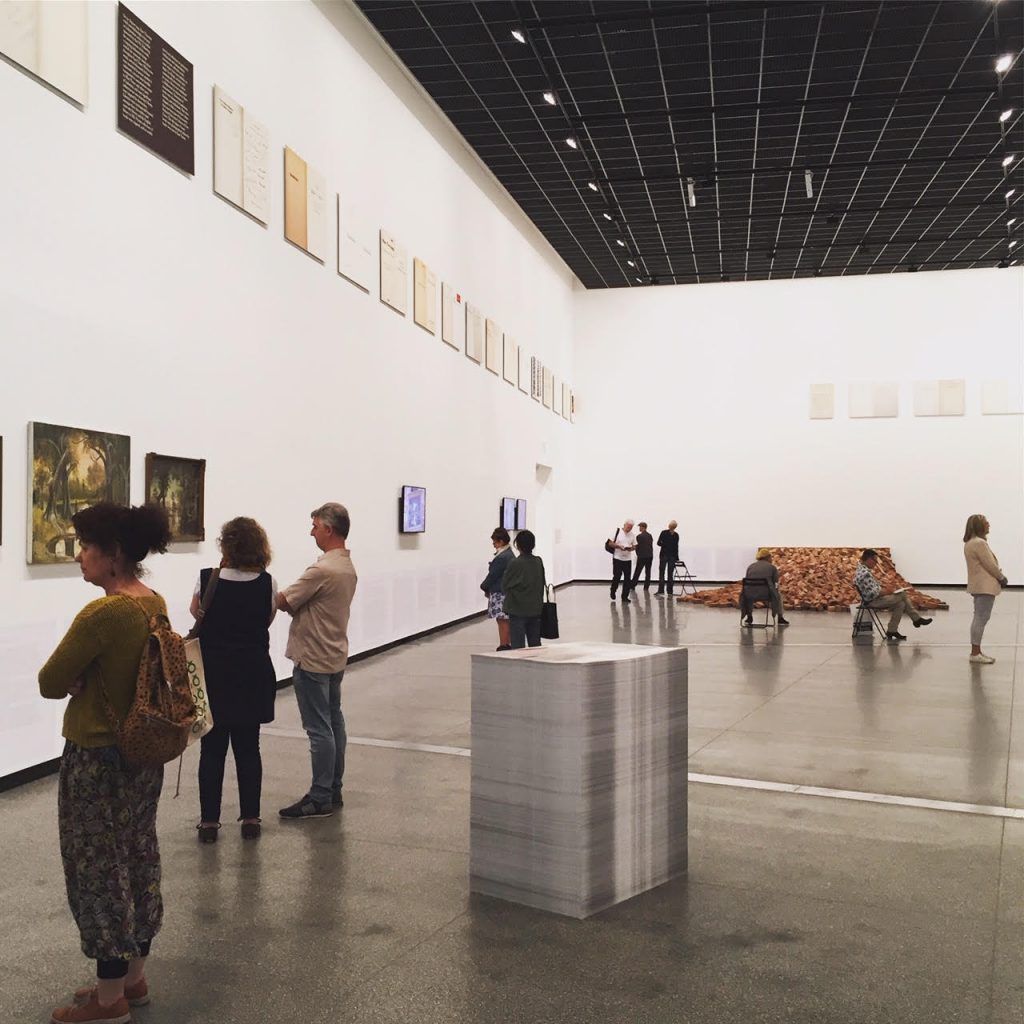For their third Slow Art Day, the Caloundra Regional Gallery in Caloundra, Australia, featured the following five works from “The Local Contemporary Art Prize” exhibition, selected by Gallery Collections Curator Nina Shadforth:
- Itamar Freed, “Tears and Time I Lost” (2023-2024). Kinetic sculpture, water from Maroochy River, artist tears, glass, wood, and metal. 35 x 50 x 47cm.
- Erin Van Der Wyk, “Biodiverse” (2024). Relief print and embossing. Ed. 1/30. 50.8x61cm.
- Michael Civarella, “Cross?” (2023). Acrylic paint, board, hardwood timber frame. 80x70cm.
- Nicole Voevodin-Cash, “Dying Bed” (2023). LANDscan-digital footage, digital print. Ed 1/5. 120x90cm.
- Andrew Bryant, “Fractal Form” (2023). Wheel-thrown sculptural clay, satin matte Crystal Glaze over colored porcelain slips, stoneware fired. 45x50x8cm.
“The Local Contemporary Art Prize” competition started in 2014 and celebrated its 10th anniversary in 2024. It is open to artists living within the Sunshine Coast and Noosa regions, who are invited each year to submit 2D and 3D works across all mediums.

For this year’s Slow Art Day, participants were first welcomed and given an overview of the 2 hour-long event. They were then invited to look slowly at the five artworks for 5-10 minutes each, and then write down their observations.
Below is the multi-page handout they designed for the session. We encourage educators and curators to look at what they’ve done here. It’s worth considering copying.
During the event, music was played on the harp and guitar by local musicians, Graham and Rowena.


Following the individual experience with the artworks, the group gathered in a circle with refreshments to share their observations (pictured below). Slow cooked soups and focaccia were provided, courtesy of the Friends of the Gallery. They also provided a bar with bubbles and wine for purchase. The free event was well-attended, with 38 booked attendees.

At Slow Art Day HQ we appreciate the caring they put into every aspect of this event and love the idea of having soup and bread during the discussion (how cozy!).
We look forward to whatever the Caloundra Regional Gallery team comes up with for Slow Art Day in 2025
-Johanna, Ashley, Jessica Jane, and Phyl
P.S. Stay up to date with events at the Gallery through their Instagram.
P.S.S. Slow Art Day 2025 is coming up on April 5. If you have not done so, please register your museum, gallery, church, sculpture park here: https://www.slowartday.com/be-a-host/








